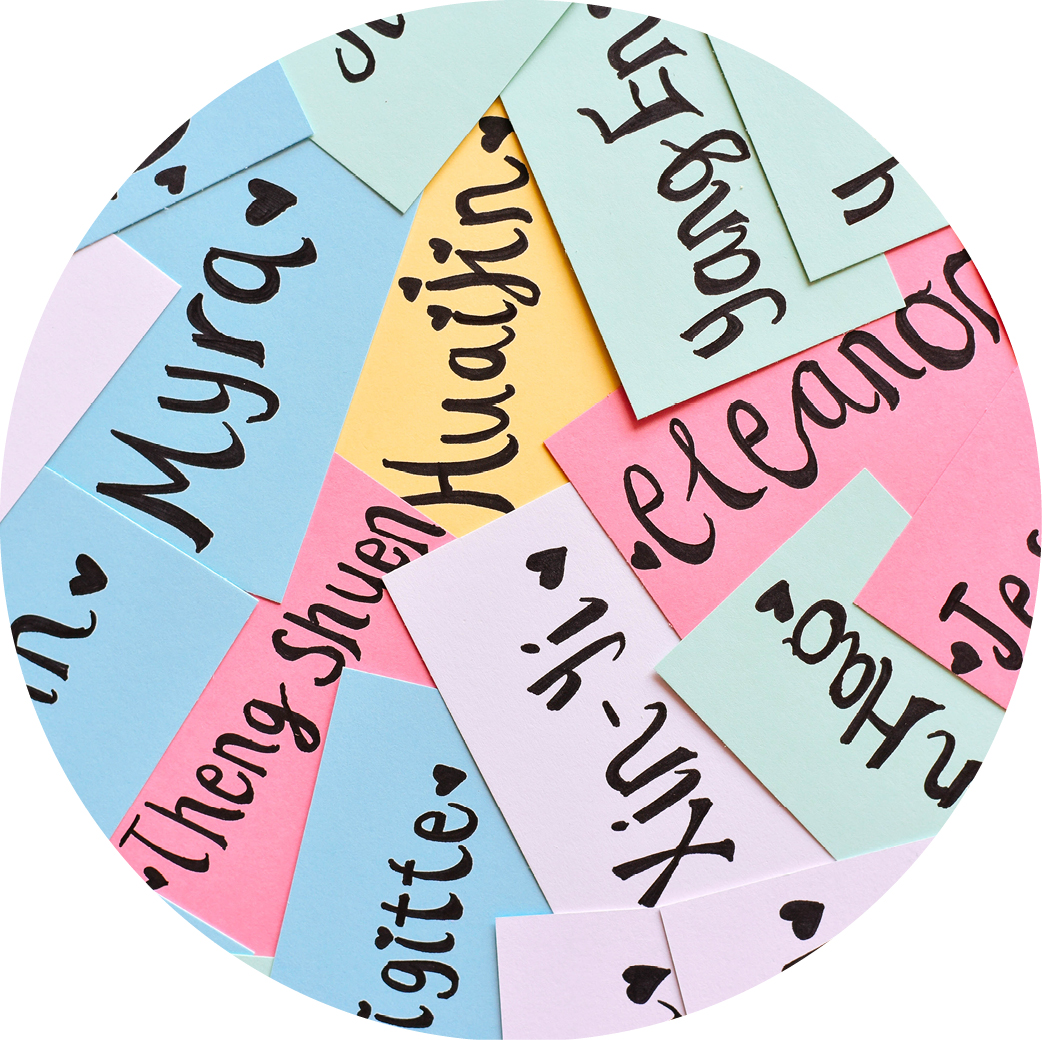Susan is the English form of the Greek name Sousanna, which is based on the Hebrew Shoshannah for ‘lotus flower’. The Italian form Susanna was also popular in the US in the 20th century.
Susan is a female first name. In very rare cases it is also used for boys.
The name Susan isn’t among the current fashionable names in our top 10 stats, but nonetheless, it’s still very popular and common. In our SmartGenius ranking of all girls names, Susan ranks 884. Recently, out of every 10,000 newborn girls, approximately 2 were named Susan. In total, there are currently 1,103,332 people – children, adults and seniors – named Susan living in the United States, which is approximately 0.33 % of the entire population.
Susan is the English form of the Greek name Sousanna, which is based on the Hebrew Shoshannah for ‘lotus flower’. The Italian form Susanna was also popular in the US in the 20th century.
Susan was one the most... popular names in the mid-20th century: It was a Top10 name from 1945 to 1967.
History tends to focus on the most famous and best. But even those who play second fiddle leave their mark: Susan is one of those names without which the orchestra would be incomplete. In fact, Susan has reached the SmartGenius top ranking #2 more than once, although the last time was some while ago, way back in the last century in 1960. But even though the peak of its popularity was many decades ago, the name Susan has been given to newborn girls every year since records began. Susan is of exceptional enduring popularity, conveying the special vibes of the20th century.
In years where the graph has no value, the name Susan was given less than five times or even none at all in the entire USA.
Regardless of where you live in the US, chances are you know someone called Susan. Because: There are women and girls named Susan in every state in the USA. If this does not sound particularly spectacular to you, you should know that of the more than 50,000 different female first names that occur in the USA, just 537 are recorded in each individual state, so the name Susan is definitely something very special. In some regions it even makes it into the top 10 of the most popular female first names, for example in Wisconsin, where Susan ranks on place 3, making it one of the most common female first names in the entire state. The greatest chance of meeting Susan, however, is in Rhode Island, where one in 75 girls and women bears this beautiful name – that is far above average – in the entire USA it is only one in 140, women and girls and in Mississippi, where the name is least represented in relation to the population, you even have to ask an average of 297 women and girls for their name before you once get Susan as an answer.

Well, you might say, you probably figured that out yourself! But what you might not know is: The letter S is a very popular first letter for girls' names. That’s because 9.3% of all common girls’ names in the US begin with this letter. Only the first letter A is more common for girls' names.
With five letters, the name Susan is comparatively short. In fact, 17.0% of all common first names in the US consist of exactly five letters. Only 7% of all first names are even shorter, while 75% have more than five letters. On average, first names in the US (not counting hyphenated names) are 6.5 letters long. There are no significant differences between boys' and girls' names.
That means that if 9.3% of all girls' names start with an S, this initial letter occurs nearly three times as often as all other letters on average. And by the way: Of all the girls' names that start with an S, Susan is the most common.
If your name is Susan and someone asks after your name, you can of course just tell them what it is. But sometimes that isn't so easy - what if it's too loud, and you don't understand them well? Or what if the other person is so far away that you can see them but not hear them? In these situations, you can communicate your name in so many other ways: you call spell it, sign it, or even use a flag to wave it...
So that everyone really understands you when you have to spell the name Susan, you can simply say:

Sun

Unicorn

Sun

Apple

Nut
Braille is made up of dots, which the blind and visually impaired can feel to read words.
Susan
Susan
Just use American Sign Language!





These flags are used for maritime communication - each flag represents a letter.
 S
S
 U
U
 S
S
 A
A
 N
N
In the navy, sailors of two ships might wave flags to each other to send messages. A sailor holds two flags in specific positions to represent different letters.
 S
S
 U
U
 S
S
 A
A
 N
N
In Morse code, letters and other characters are represented only by a series of short and long tones. For example, a short tone followed by a long tone stands for the letter A. Susan sounds like this:




